The Ngorongoro Crater
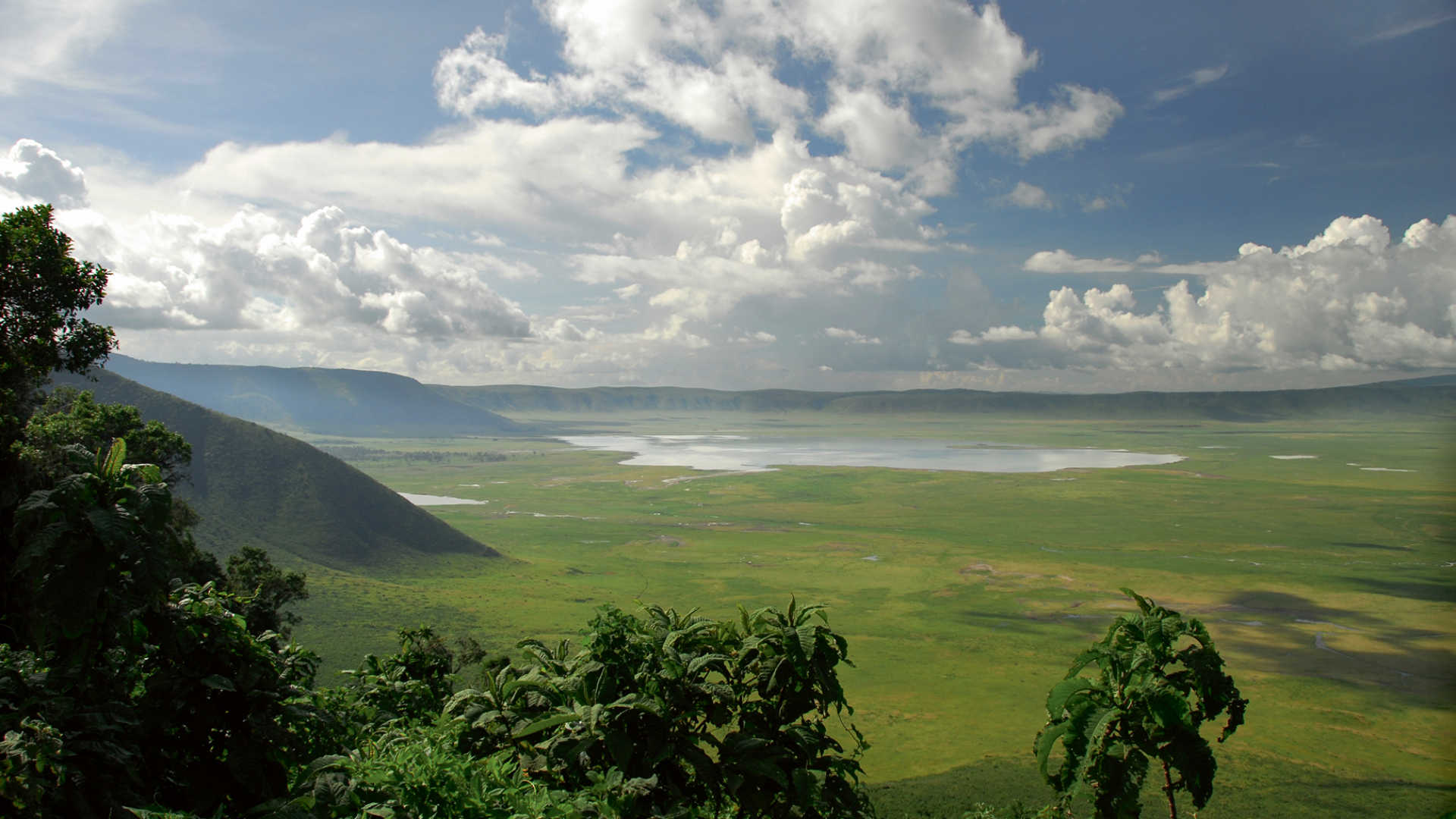
About Ngorongoro
Around two million years ago, a volcano believed to have been slightly taller than Mount Kilimanjaro erupted so violently that its summit collapsed inward. The result was the Ngorongoro Crater, the largest intact caldera on Earth. Covering an area of 260 km² (100 mi²), the crater’s rim rises 610 meters (2000 ft) above the floor. The eruption left behind mineral-rich dust that contributed to the fertile soils of the region. Underground rivers feed springs that bring essential nutrients to the surface. Named after the echoing sound of cattle bells that once resonated across its vast expanse, Ngorongoro Crater has transformed from an area of human settlement to one of the world’s foremost wildlife sanctuaries. Today, it is at the heart of the Ngorongoro Conservation Area, a World Heritage Site since 1959, celebrated for its exceptional biodiversity and archaeological importance.
Wildlife
Ngorongoro Crater is a wildlife-rich paradise, home to a vast array of species in its unique ecosystems. The crater floor supports large populations of lions, elephants, buffalo, zebras, and wildebeests. Fertile soils and permanent water sources make it a perfect environment for herbivores. Black rhinos are a notable presence, and predators such as lions, hyenas, cheetahs, and leopards roam the area, maintaining balance within the ecosystem.
The crater is also a birdwatcher’s dream, with flamingos flocking to the soda lakes, while eagles, vultures, and smaller species like larks and hornbills add to the avian diversity. Additionally, gazelles, warthogs, and giraffes can be spotted, as well as various reptiles and amphibians.
Thanks to its rich volcanic soil and the protection afforded by its status as a conservation area, Ngorongoro is home to over 25,000 large mammals. This biodiversity hotspot continues to draw visitors from around the world, offering unparalleled wildlife viewing in one of Africa’s most diverse ecosystems.

Ngorongoro Highlights
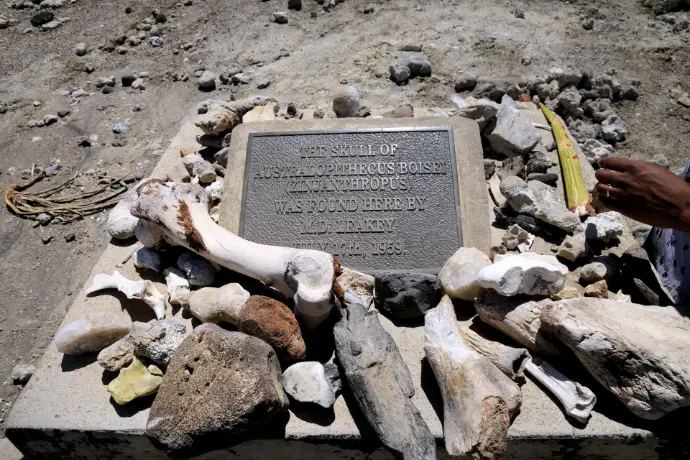
The Olduvai Gorge
This location is home to some of the most important discoveries in human evolution, featuring a museum and offering guided tours to explore these remarkable findings.
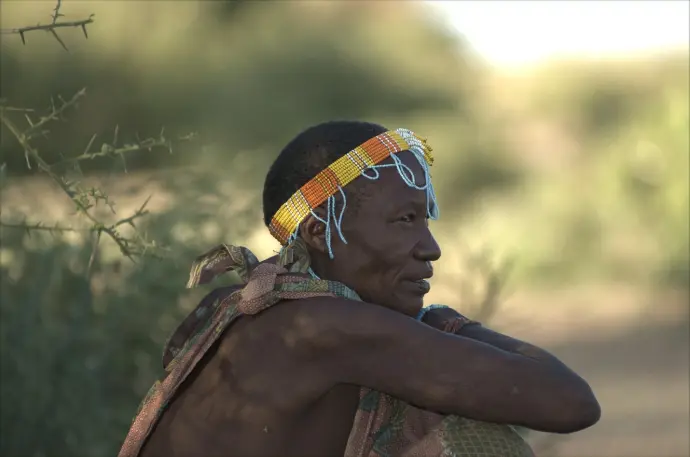
Hadzabe and Maasai cultural Experiences
Arranged guided tours provide an opportunity to explore the history and traditions of these intriguing cultures.
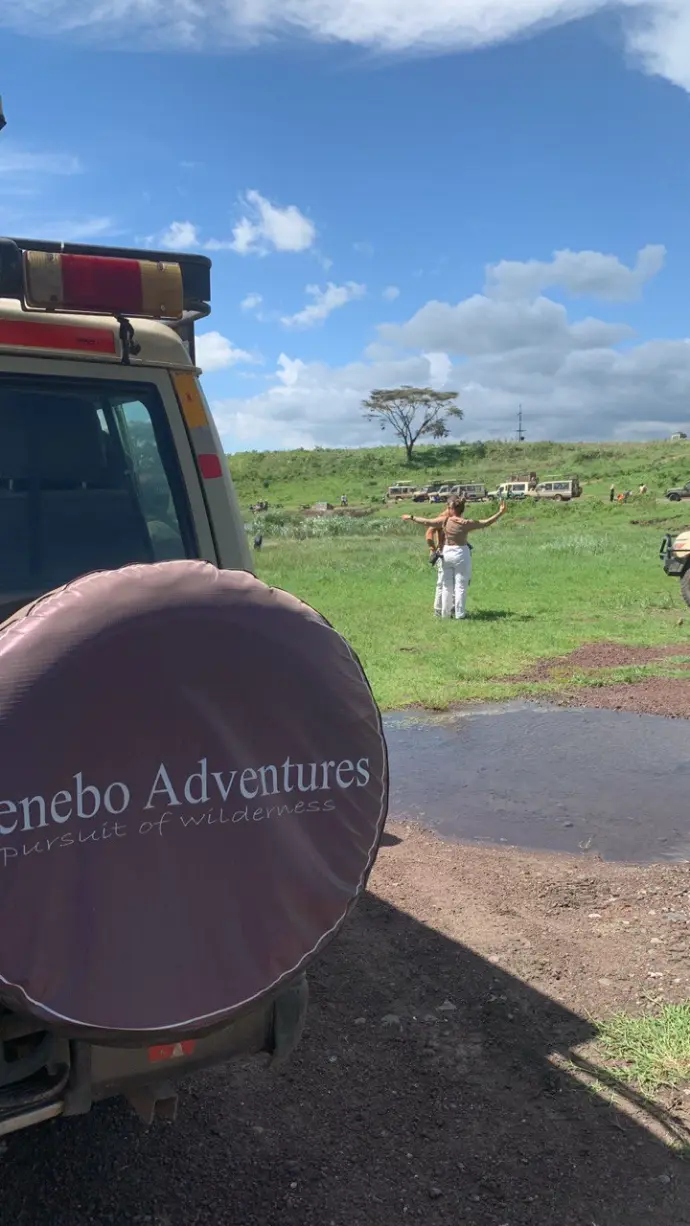
Picnic Site
At the Ngoitokitok Springs, there is a picnic area where visitors can relax and enjoy a meal.
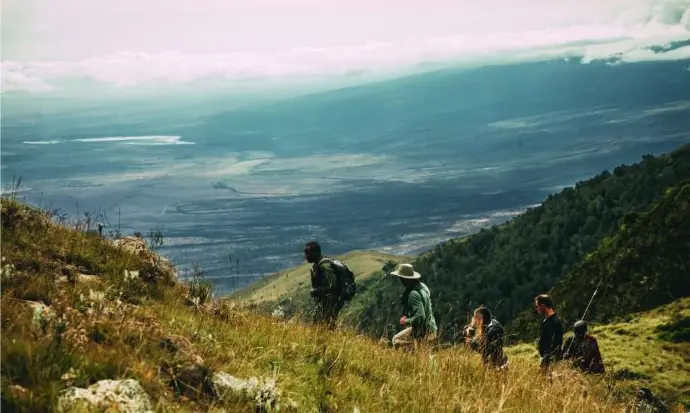
Hiking
Guided hikes along the crater rim and through the surrounding landscape of the NCA can be organized.
Hiking
Guided walks along the crater rim and through the surrounding NCA landscape can be arranged, offering a chance to explore the area’s natural beauty up close and learn about its rich history and wildlife from knowledgeable guides.

Experience The Adventure
Activities
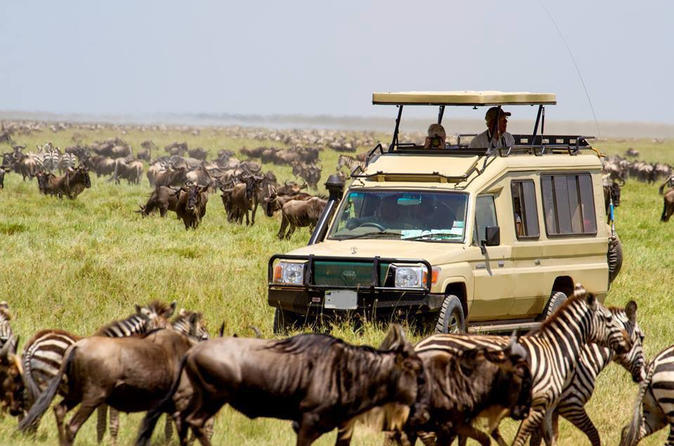
Game Drives
To make the most of your viewing time, it's essential to start early
all the vehicles must leave the crater by 16h30. With an expert guide, you’ll venture into the heart of the wilderness
exploring the vast landscapes and observe animals when
wildlife is at its most active.
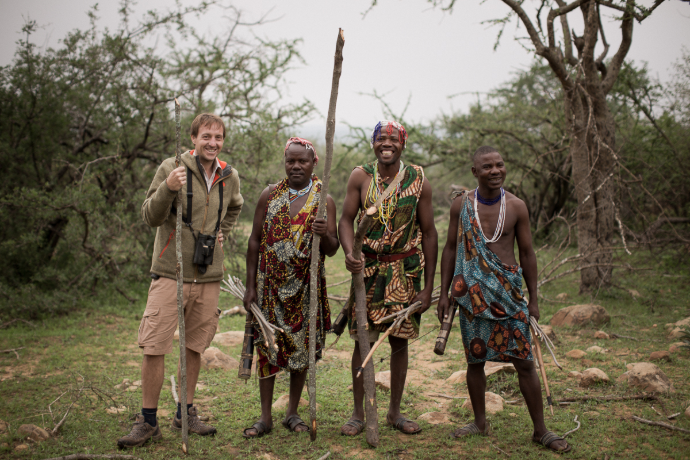
Maasai and Hadzabe Cultural Experiences
Engage with the Maasai, known for their vibrant culture and rituals, and learn about the Hadzabe's ancient hunter-gatherer way of life, gaining a deeper understanding of their unique heritage.
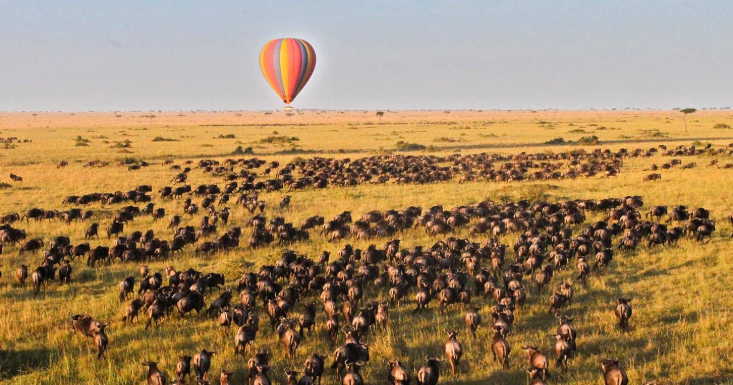
Balloon Safaris
Drift gently over the wildlife-filled savanna at sunrise, witnessing the vast beauty of the ecosystem below. This unforgettable experience provides breathtaking views of animals and the surrounding area, making it a must-do adventure for visitors.
Visiting Timelines
Discover the best times to Visit Ngorongoro.

Dry Season
The sparse vegetation at this time assists with game viewing, and it is considered the best time to visit. Dry season runs from June to October.

'"High Season"
The peak tourist season in the Ngorongoro stretches from July
to March, during which the park sees higher visitor numbers, and accommodations
can be in high demand.
The Wet Season
During the Wet Season (November-May), the lush, vibrant grasslands significantly enhance the visual beauty of the landscape, creating a rich and refreshing contrast to the dry season's more barren appearance.
